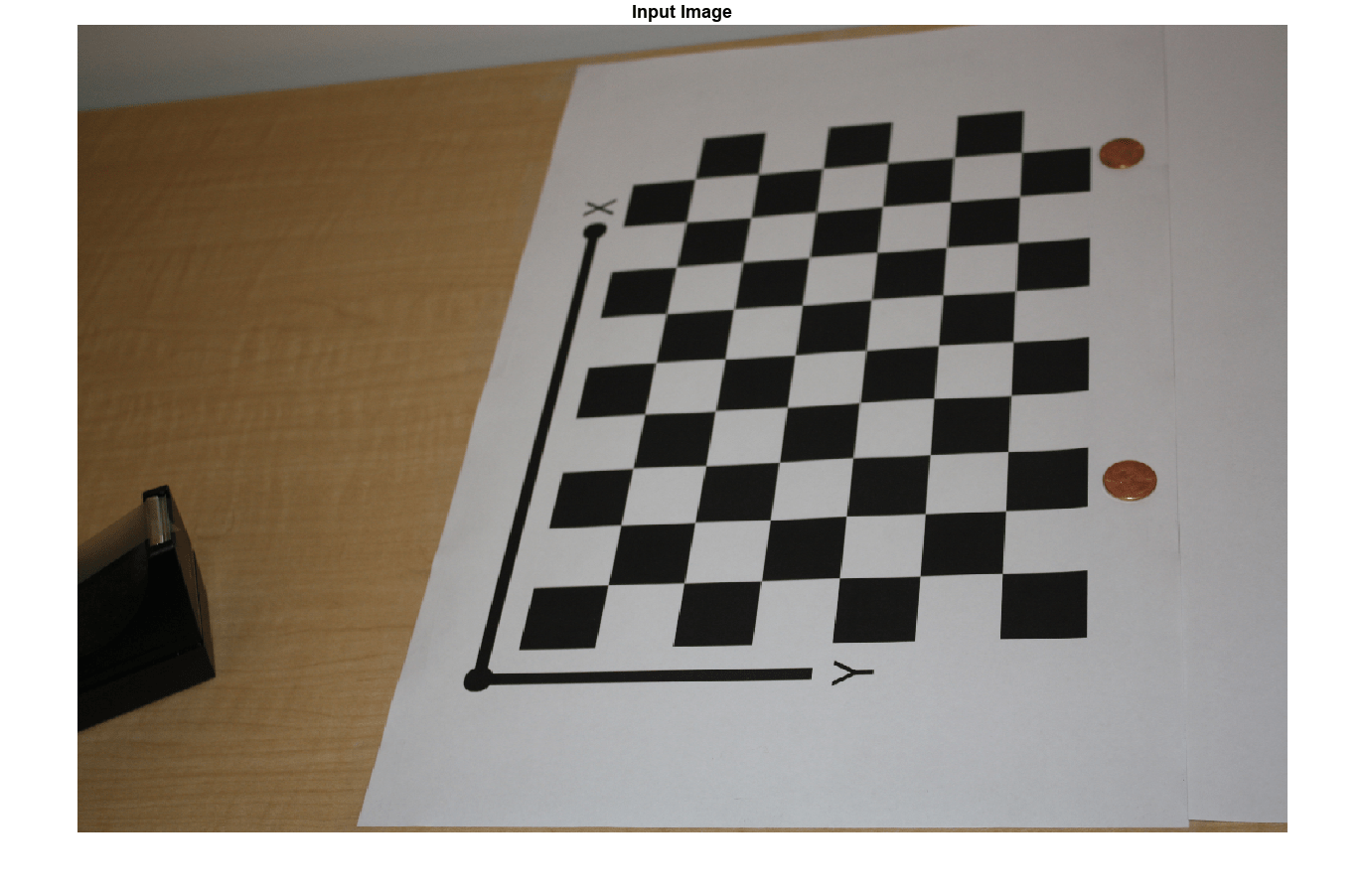cameraProjection
Description
camProjection = cameraProjection(intrinsics,tform)camProjection. You can use
camProjection to project a 3-D world point in homogeneous coordinates
into an image according to the transformation tform.
Examples
Input Arguments
Output Arguments
Extended Capabilities
Version History
Introduced in R2022bSee Also
Apps
Functions
estimateExtrinsics|triangulate|estimateCameraParameters|estworldpose|estrelpose|pose2extr|estimateCameraProjection
Topics
- Evaluating the Accuracy of Single Camera Calibration
- Structure from Motion from Two Views
- Structure from Motion from Multiple Views
- Depth Estimation from Stereo Video
- Code Generation for Depth Estimation from Stereo Video
- What Is Camera Calibration?
- Using the Single Camera Calibrator App
- Using the Stereo Camera Calibrator App
